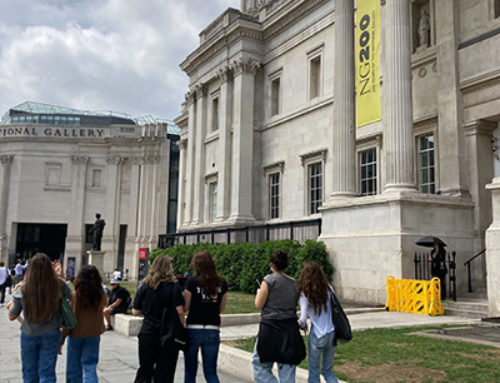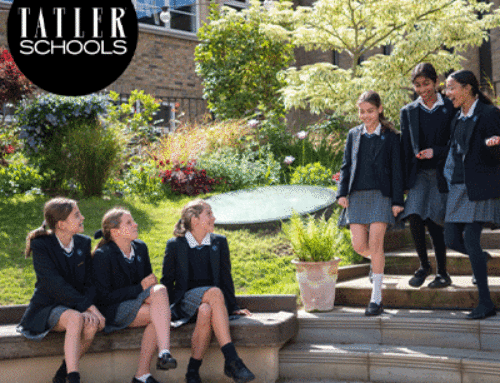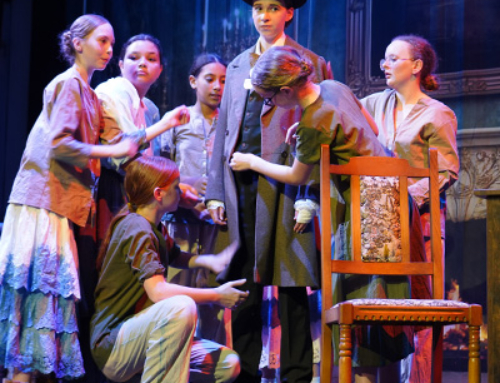After a swift journey to St. Pancras station on the afternoon of Friday 22 April, we boarded the Eurostar, arriving into Paris in the early evening. We travelled to our hotel near the Place d’Italie and settled immediately into our Parisian surroundings, spending the first night at our local ‘crêperie’.
On Saturday morning, we set out for a long day of exploring Paris and delving into the scientific wonders that the city has to hold. We walked through the ‘Jardin Des Plantes’, which is home to the labs of both Henri and Antoine Becquerel, and specifically the site where Henri discovered the radioactive nature of uranium. We also stopped by at the Grand Mosque of Paris, which is the oldest Mosque in France. We discussed how this was particularly relevant in today’s French political climate, as well as discussing France’s religious history, as it is a secular or ‘laïc’ country.
Our next stop was the Panthéon, where Foucault’s pendulum is kept. Foucault attached a freely suspended brass ball to the roof of the dome inside the Panthéon in 1851 and used this as one of the first pieces of evidence that the Earth rotates. Later we visited the Marie Curie Museum, where we saw the lab she worked in, alongside her daughter, Irène Joliot-Curie. We got to see the equipment that she used in her research, and the desk she sat at while writing her conclusions. At the museum, we also worked on translating the information about the Curie family which we found there, from French into English which was not only informative but enjoyable.
Later on we headed up to Montmartre, where we saw the impressive view of Paris at the top of the hill, as well as the remarkable Sacré-Coeur. Then, we climbed down the steps from the Church and had dinner in the area, only speaking French to our waiter of course! We also saw and learnt about one of the only two remaining windmills in Montmartre, ‘Le Moulin de la Galette’.
On Sunday morning, we made our way to the ‘Cité des Sciences et de l’Industrie’. We visited their permanent interactive exhibition on sound, which explained the physical properties of sounds around us, and the ‘Great Story of the Universe’ exhibition, which described the origin and celestial bodies of the universe. We were then lucky enough to watch a show in their planetarium, which was so relaxing that some of us even fell asleep! Our final stop of the trip was to see one of the last two remaining original metre measurements, which is located in Place Vendôme. It was placed there in 1739 after two French scientists defined the new measurement as one ten-millionth of the distance from the equator to the North Pole.
We had an amazing trip to Paris, and truly took advantage of the fact that evidence of scientific research can be seen all around the city. We are incredibly grateful to Miss Johnston and Dr Upcott for taking us on such a wonderful trip, and for being the best Parisian tour guides.
Anna and Teresa, Lower VI














